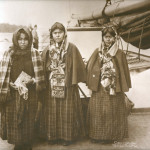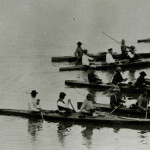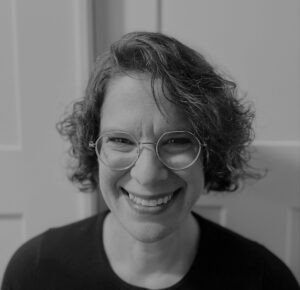Native Cultures
As far as we know, the area around Valdez was never permanently inhabited before the founding of the town by white settlers, although Natives did use the land for hunting and fishing. However, the area of Valdez’s broader “neighborhood” — Prince William Sound and the Copper River Basin — has been occupied by several different cultures:
- The Ahtna are an Athabascan tribe. Many prefer the term “Copper River Natives” as Ahtna originally referred to a specific village. Their homeland is located in the Copper River area of southern Alaska.
- Alutiiq is a modern designation for the maritime people who live around Prince William Sound and the Alaska Peninsula. They refer to themselves as Sugpiaq. They have also been called Chugach Eskimos, and they share some cultural traits with both the Aleut and Yup’ik peoples.
- The Eyak people live in the Copper River Delta. Their territory has changed over time, moving southward from the Alaskan interior. They have often been associated with Northwest Coast tribes such as the Tlingit, but they have their own distinct language and culture. They also have ties to the Athabascan peoples, trading with both the Ahtna and the Tlingit.
In modern times, Valdez has been the home to both Natives and non-Natives, including Native Alaskans originally from outside the Valdez region. People from all over the state and beyond now make Valdez their home.
In 2007, the Valdez Museum opened up a portion of its space to dedicate a 600 square-foot Alaska Native Gallery, for the interpretation of the history and culture of the Natives of Prince William Sound and the Copper River Basin. The gallery includes both permanent and changing exhibitions, and displays both antiquities and contemporary Alaska Native artworks along with a dynamic educational program about facets of Alaska Native life.


 Curator of Collections
& Exhibitions 907.835.8905
Curator of Collections
& Exhibitions 907.835.8905 
